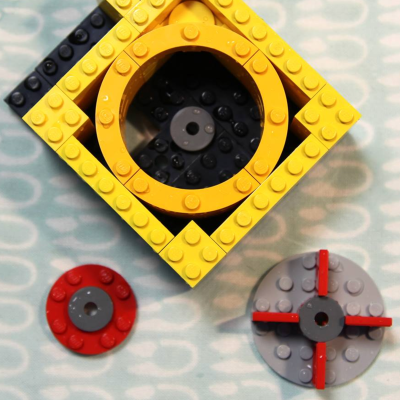If you’re tired of having to make small talk with random people in the office break room every time you need a cup of coffee, or simply don’t have the time to get up to pour yourself some more, it would be nice if there was a way you could have your cup filled for you, right at your desk. With this new drink dispenser, you won’t have to get up or even pour your drinks yourself!
We’ve certainly seen plenty of automatic drink makers, but those are more suited to parties and complicated drink mixing. This beverage dispenser is more for the person who knows their tastes and simply wants to save some time. It’s also much simpler, using a peristaltic pump for serving a single liquid from a large bottle into a glass, and using a load cell to know when to stop filling. The peristaltic pump is a little slow though, so it’s best to set the glass back in the dispenser and let it top you off each time.
We’re a big fan of time savers around here, especially when it comes to improving workflow. Of course, the best time saver is a clean, well-organized shop which will help you out whether you’re building a drink dispenser or anything else.









 A Power Functions motor turns a 6×6 round plate that appears to have 1×2 smooth plates jammed between the studs, and secured with a 4×4 round plate on the other end. He geared up the motor so the assembly is spun very quickly, with those smooth plates forcing the water through a Technic mounting hole in one of the bricks.
A Power Functions motor turns a 6×6 round plate that appears to have 1×2 smooth plates jammed between the studs, and secured with a 4×4 round plate on the other end. He geared up the motor so the assembly is spun very quickly, with those smooth plates forcing the water through a Technic mounting hole in one of the bricks.









